SMART Robotics Technician Curriculum
The SMART Robotics Technician Curriculum originated as a set of five courses developed through a research project funded by the ARM Institute, known as the Smart Manufacturing and Advanced Robotics Training (SMART) Project. This comprehensive program focuses on the essential Knowledge, Skills, and Attitudes (KSA) required for Robotics Technicians—skilled professionals who build, maintain, and troubleshoot robotic systems across various industries. The KSAs were identified through extensive research involving industry professionals, exploring critical skills, tools, and workplace dynamics. With additional support from the National Science Foundation and the Office of Naval Research, we have continuously updated and refined these courses. This support has allowed us to expand the curriculum to include additional robotics platforms and introduce new micro-credential topics such as Robot Operations and Autonomy Foundations. These curricula are designed to align with Workforce Development and Career and Technical Education (CTE) goals, ensuring that students develop the practical skills needed for success in this rapidly evolving field.
With additional support from the National Science Foundation and the Office of Naval Research, we have continuously updated and refined these courses. This support has allowed us to expand the curriculum to include additional robotics platforms and introduce new micro-credential topics such as Robot Operations and Autonomy Foundations. These curricula are designed to align with Workforce Development and Career and Technical Education (CTE) goals, ensuring that students develop the practical skills needed for success in this rapidly evolving field.
Interested in Implementing SMART? We have an Implementer's Guide that contains the overview of the program, course descriptions, links to needed materials, and some expectations.
Mechanical Foundations
Link:
Platform Options & Materials: REV DUO Robotics Kit [Materials List], VEX V5 Robotics Kit [Materials List]
Description: This course focuses on mechanical concepts like structural design, weight distribution, drivetrains, fastening, speed and torque which are important to understand to be successful as a Robotics Technician. This track takes you through learning the foundational skills needed to understand how things come together and use cases for different ways to create motion.
Mechanical Foundations includes the following units:
- Unit 1: Strength, Stability, and Balance
- Unit 2: Motors, Transmissions, and Mechanical Advantage
- Unit 3: Drivetrains
Electrical Foundations
Link: View Course on CS2N
Platform Options & Materials: Arduino Uno [Materials List]
Description: This course focuses on the foundational concepts around basic electricity and how circuits work. In this course, you learn how to use multimeters to measure various parts of a circuit to learn about concepts such as voltage and current. Along with learning about circuits, you also learn how to control signals using a microcontroller (inputs and outputs) to see how components react to it. Students learn how to utilize binary sensors like Limit Switches, and sensors that give you a wide range of values like an Ultrasonic/Distance sensor. The culminating project is an e-panel consisting of all of the components found in a typical robot.
Electrical Foundations includes the following units:
- Unit 1: Wiring and Circuits
- Unit 2: Voltage: Parallel and Series Circuits
- Unit 3: Voltage and Current: Motors
- Unit 4: Controlling Signals
- Unit 5: Sensors
- Unit 6: E-Panel
Fabrication Foundations
Link: View Course on CS2N
Platform Options & Materials: Hand Tools [Materials List]
Description: This course introduces students to be able to use hand tools to cut, drill, and file down material to create a robot chassis and motor mount. It also introduces additive manufacturing (3D printing) to create a sensor mount. The skills taught include safety, basic measurement, reading and interpreting drawings, basic hand tool use, and handling materials.
Fabrication Foundations includes the following units:
- Unit 1: Fabricating a Chassis
- Unit 2: Fabricating a Motor Mount
- Unit 3: 3D Printing
Software Foundations
Link:
Platform Options & Materials: Parallax ShieldBot with Arduino [Materials List], VEX V5 [Materials List]
Description: This course is an introduction to programming concepts using one of the available popular robotics platforms (Parallax ShieldBot with Arduino, VEX V5). Recipients of this certification have demonstrated an understanding of the robotics engineering process through repeated planning, testing, and iteration throughout the units. Students also learn basic robot movement, using feedback from different kinds of sensors, and creating complex programs using loops and decision-making logic.
Software Foundations includes topics in the following sequence (some variance depending on robotics platform):
- Testbed
- Open Loop Navigation
- Sensing
- Camera Navigation
- Camera Programming
Robotics Integration
Link: View Course on CS2N
Platform Options & Materials: Parallax ShieldBot with Arduino [Materials List]
Description: This course introduces learners to experiencing situations where technicians may receive a large industrial system that requires assembly and installation. The learner will "unpack and test" and "test navigation programming" over the course of the units.
Robotics Integration includes the following topics:
- Unit 1: Testbed
- Unit 2: ShieldBot Open-Loop Navigation
- Unit 3: ShieldBot Camera Navigation
SMART Partners
Industry Partners |
||||
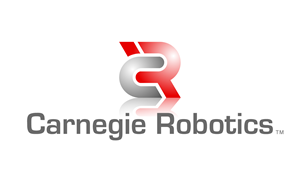 |
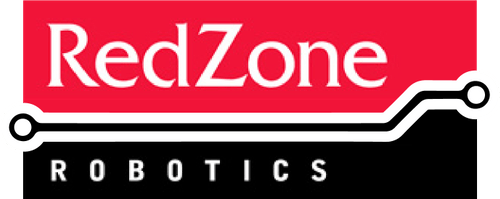 |
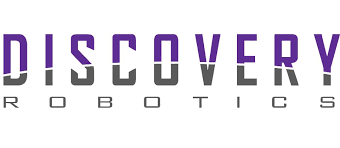 |
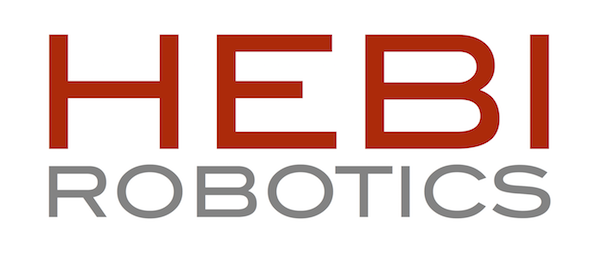 |
|
 |
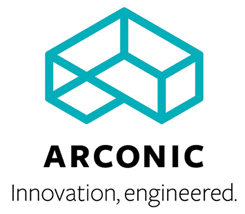 |
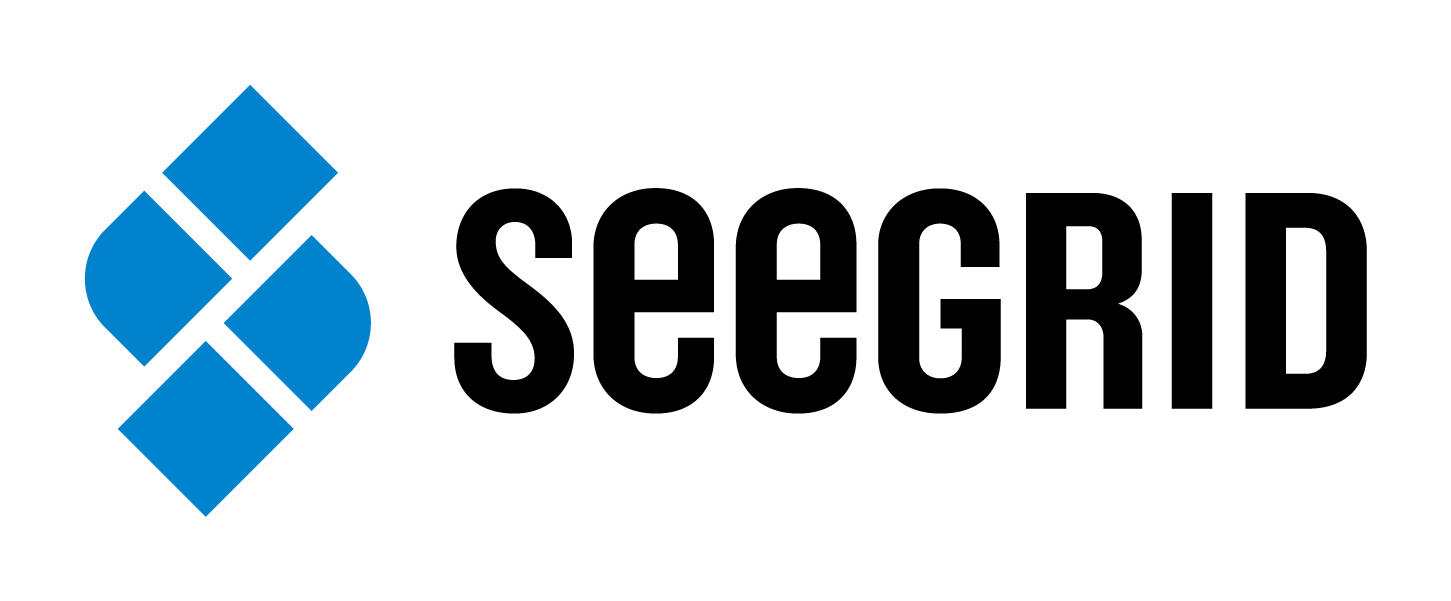 |
||
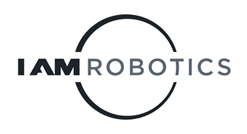 |
 |
|||
Schools |
||||
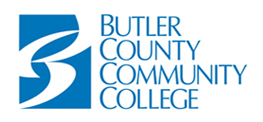 |
 |
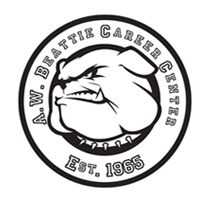 |
 |
|
Government, Public & Private |
||
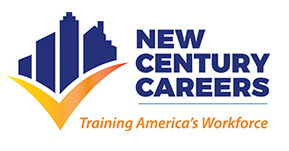 |
||
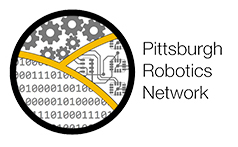 |
 |
 |
